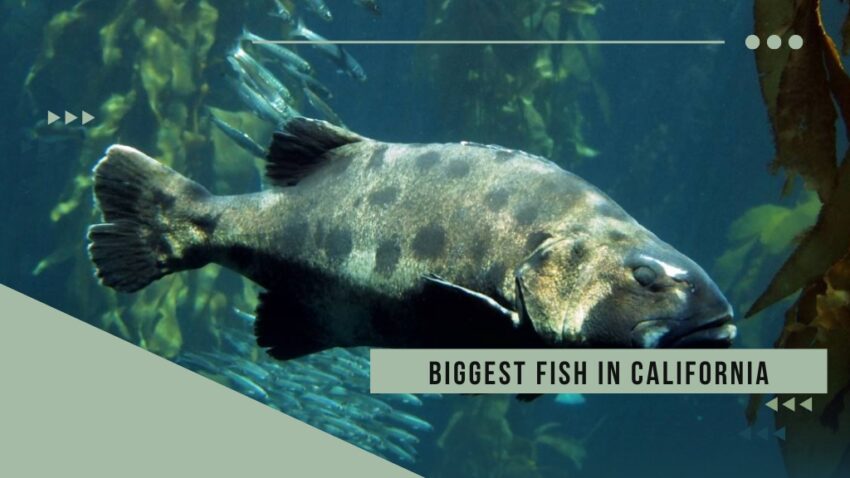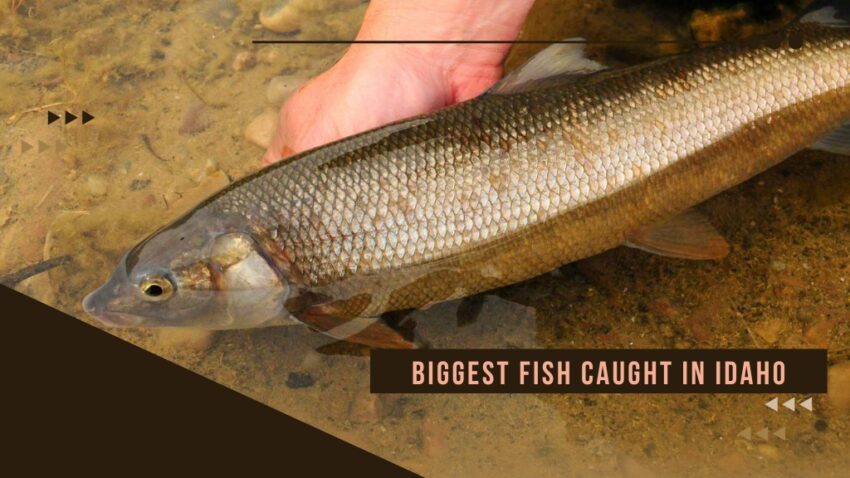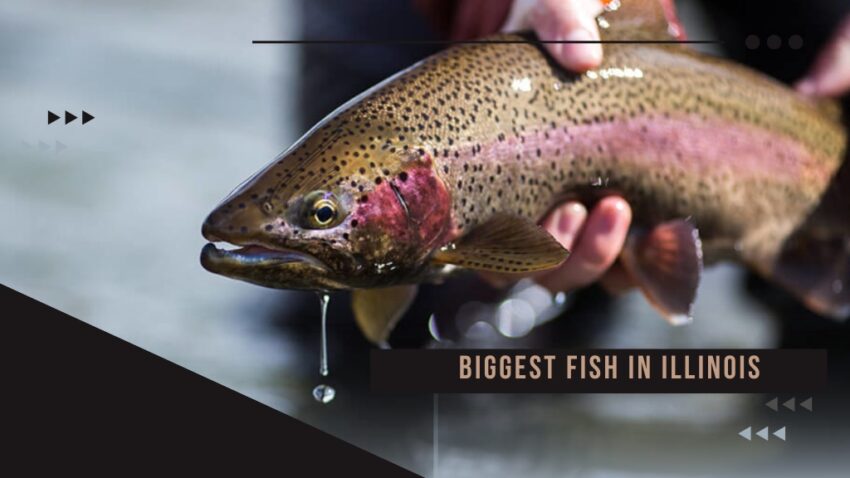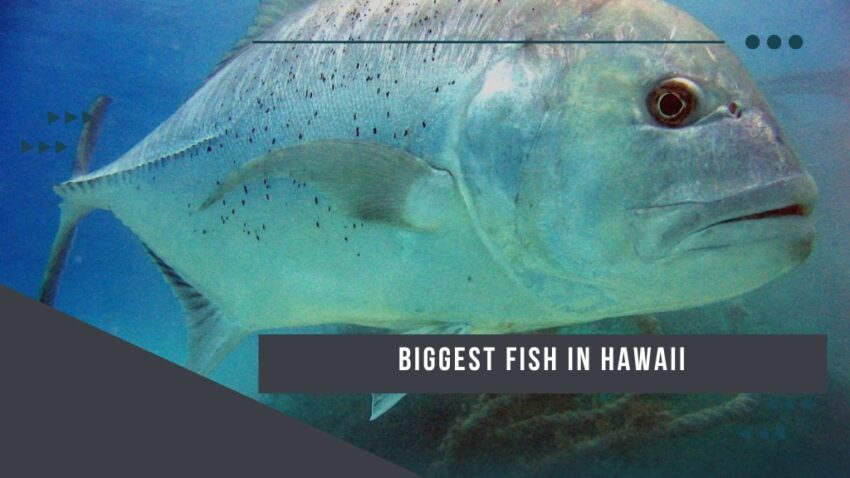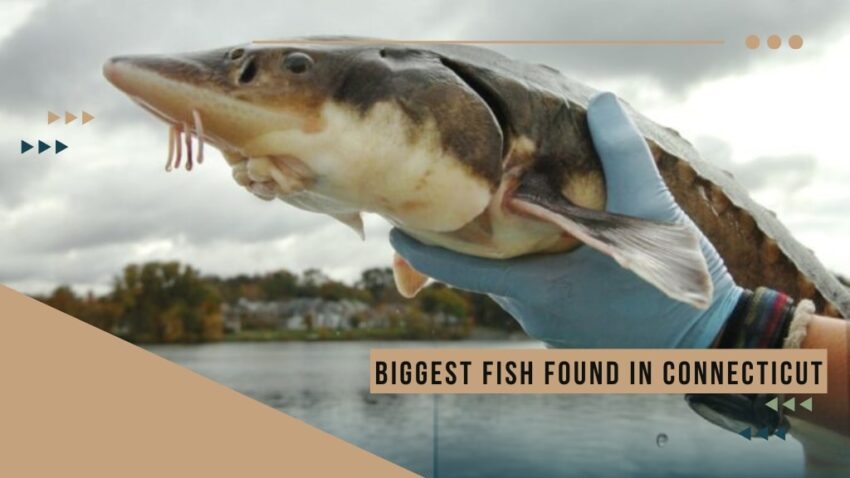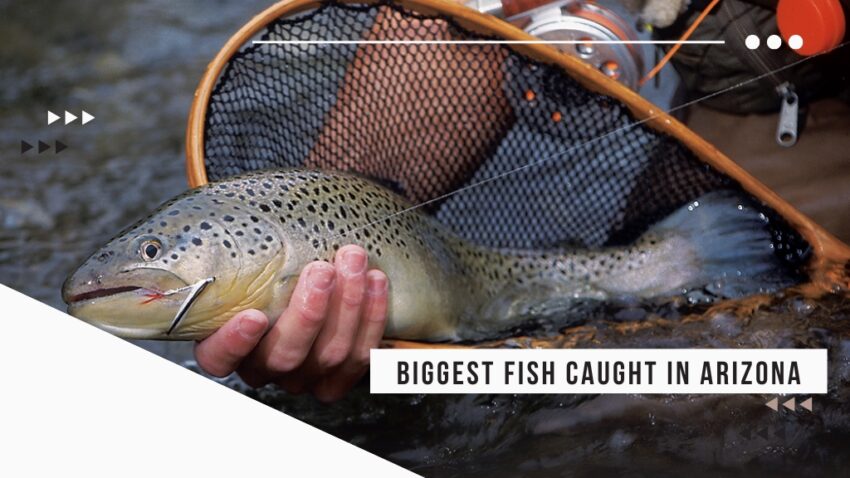California, the Golden State, is a land of many wonders. From its towering redwoods to its sprawling deserts, it is a place of diverse and stunning beauty. But the wonders of California are not limited to its landscapes. Beneath the surface of its waters, both freshwater and marine, dwell creatures that are just as remarkable.
Among these aquatic inhabitants, one species stands out due to its sheer size and fascinating history – the Giant Sea Bass. This fish, known as mero gigante in Mexico, is the largest resident bony fish in California. It’s a true titan of the deep that embodies the incredible power and beauty of nature. In this article, we will journey beneath the waves to explore the life of this colossal creature, its struggles, and the efforts being made to ensure its survival.
The Giant Sea Bass: A Closer Look at the Species on the Brink
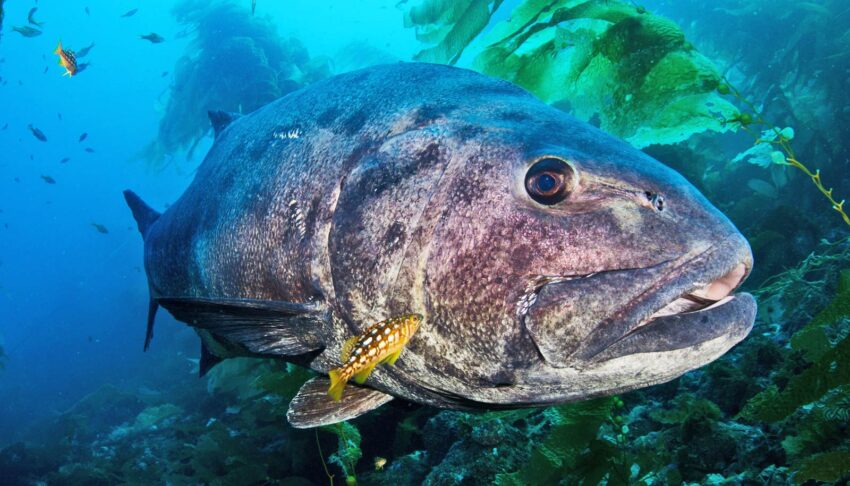
The Giant Sea Bass, with its impressive size and longevity, is a species that commands respect. Its body is robust and compressed, with a large mouth and small teeth. The color of the Giant Sea Bass can vary from black to gray to reddish-brown, often with dark spots scattered across its body. These unique spot patterns are what researchers use to identify individual fish in the “Spotting Giant Sea Bass” project.
This species is a true behemoth of the deep. The largest recorded specimen was an astonishing 7.4 feet long (2.26 meters) and weighed a staggering 563.5 pounds (256 kilograms). Th
ese fish are not just large, but they are also long-lived, reaching at least 72 to 75 years of age. They mature slowly, reproducing for the first time at 13 to 15 years old.
It’s a resident of the kelp forests that line the California coast. These underwater forests provide a rich and diverse habitat, offering food and shelter for a wide array of marine life. The Giant Sea Bass was a top predator in this ecosystem, feeding on a variety of prey including crustaceans, other fish, and even small sharks.
Unfortunately, the Giant Sea Bass’s size and slow maturation made it a prime target for overfishing in the early 20th century. This led to a severe decline in their numbers, almost driving the species to extinction in Southern California. Today, the Giant Sea Bass is listed as critically endangered on the International Union for Conservation of Nature Red List, with population estimates of less than 500 breeding individuals.
A Ray of Hope: Citizens to the Rescue
Despite the grim outlook, there is a glimmer of hope for the Giant Sea Bass. Sightings by divers and fishermen have increased in recent years, but the status of the population remains unclear. To gather valuable data on this important species, the Aquarium of the Pacific is working with the Benioff Ocean Initiative and researchers at the University of California, Santa Barbara, on a community scientist project called “Spotting Giant Sea Bass.”
This project uses a web application where the public can submit photos of their encounters with Giant Sea Bass in the wild. The website uses pattern recognition software to identify and track individual fish based on their unique spot patterns.
By identifying and tracking individual Giant Sea Bass, researchers hope to improve our understanding of how the population is distributed in local waters and learn more about their movements, seasonality, and use of marine protected areas.
The Importance of Joining the Efforts
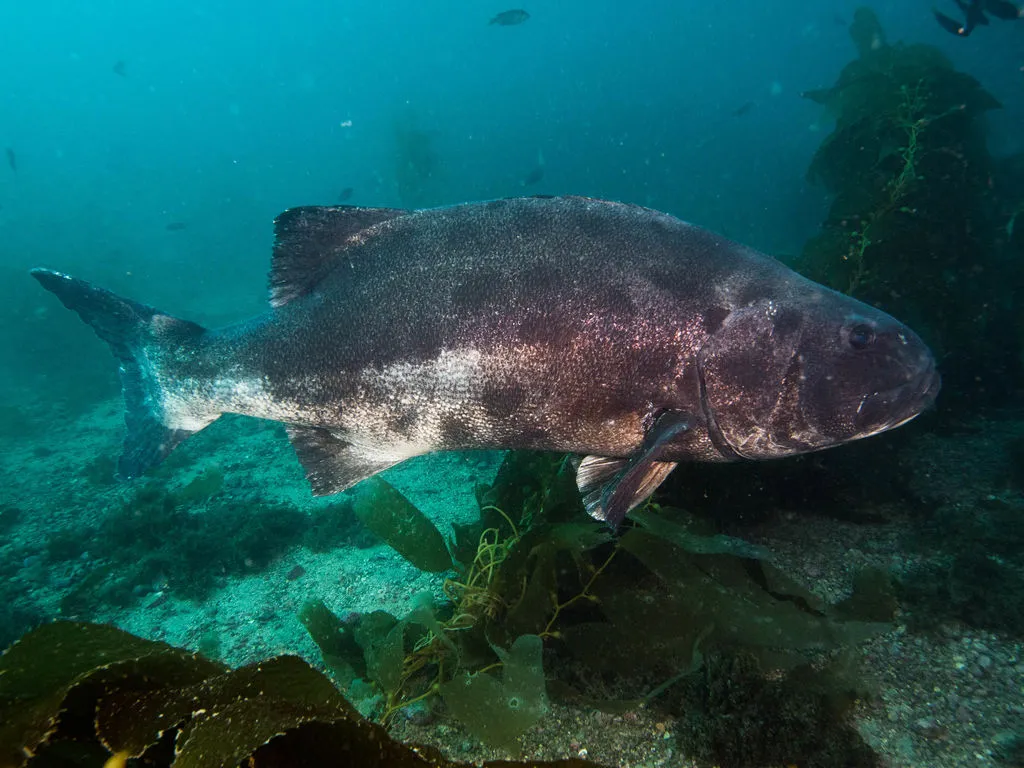
Citizen science projects like “Spotting Giant Sea Bass” are invaluable tools in conservation efforts. They allow researchers to gather much-needed data on species distribution, behavior, and population trends. But perhaps more importantly, they engage the public in conservation efforts, fostering a sense of connection with the natural world.
In the case of the Giant Sea Bass, every photo submitted by divers and fishermen contributes to our understanding of the species. But, that’s not all. Doing so also raises awareness of its plight, which is essential. This increased awareness can lead to greater support for conservation measures, ensuring that future generations will also have the chance to marvel at the biggest fish in California.
So, whether you’re a seasoned diver, a casual fisherman, or just a lover of nature, you can play a part in the conservation of the Giant Sea Bass. Keep your eyes open, your camera ready, and become a part of this exciting citizen science project. Together, we can ensure the survival of the Giant Sea Bass, the true giant of California’s waters.
If you’re lucky enough to spot a Giant Sea Bass in the wild, make sure to contribute to this vital research by submitting your photos to the Spotting Giant Sea Bass project. Every photo helps to build a clearer picture of the status of this magnificent species and aids in its conservation.
Once you’ve set a personal record with California’s biggest fish, you might want to consider extending your stay. Beyond its renowned fishing spots, California offers unparalleled camping experiences amidst its diverse landscapes. Here’s a well-curated guide that can help you uncover some of the state’s most enchanting campgrounds for a wholesome outdoor adventure.
Conclusion
The Giant Sea Bass, the biggest fish in California, is more than just a marvel of nature. It is a symbol of the rich biodiversity that makes California such a unique place. It is a testament to the resilience of life in the face of adversity. And it is a beacon of hope, showing us that with understanding, care, and concerted effort, we can help protect and preserve our natural world for generations to come.
So, the next time you’re near the waters of California, take a moment to appreciate the wonders they hold. As we continue to explore and appreciate the wonders of California’s waters, let us remember our role in safeguarding its inhabitants for future generations. The story of the Giant Sea Bass is not just a tale of survival, but a call to action for us all.
Related Posts:
- Exploring the Biggest Fish in Alaska: The Titans…
- Biggest Fish Caught in Arizona: Casting for Giants
- California Dreamin': Exploring the Best Camping…
- Biggest Fish in Hawaii: Fish Species in the Aloha State
- Biggest Fish in Arkansas: Meet the Fantastic Four
- Biggest Fish Species in Delaware You Should Know…

